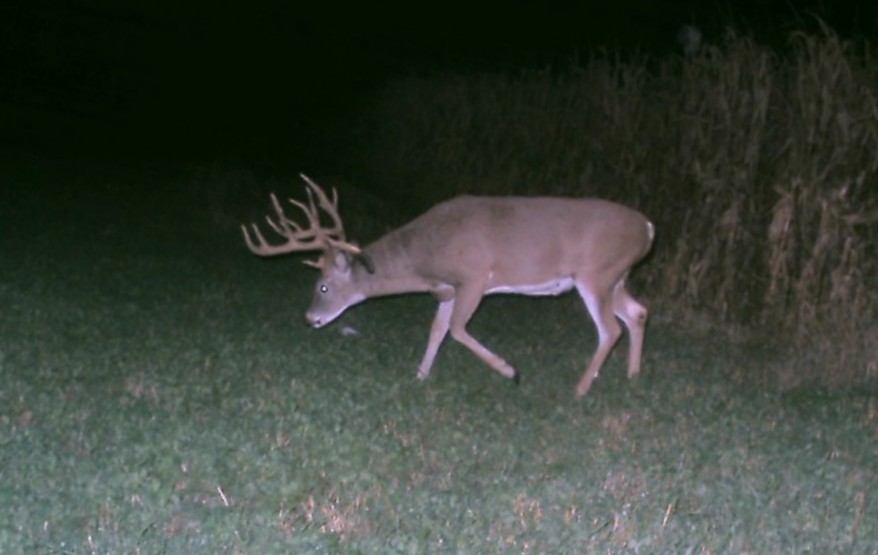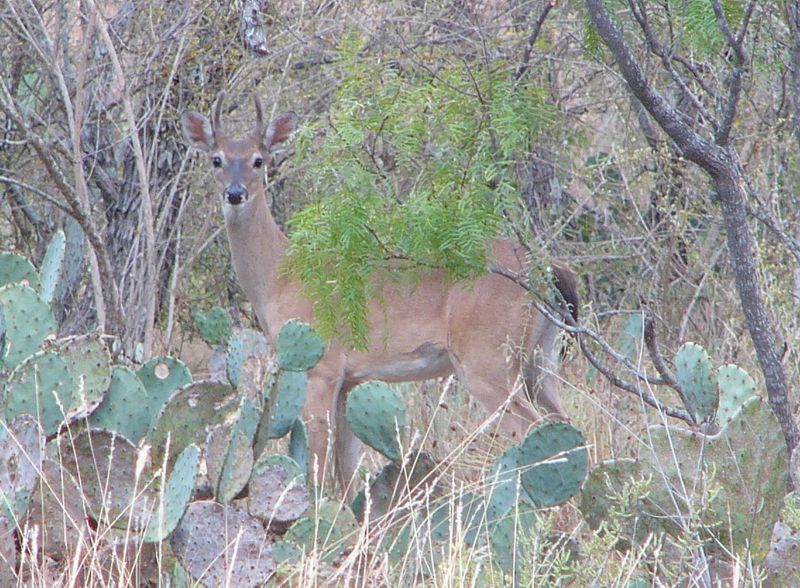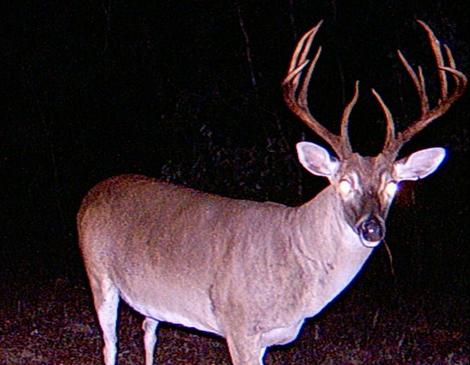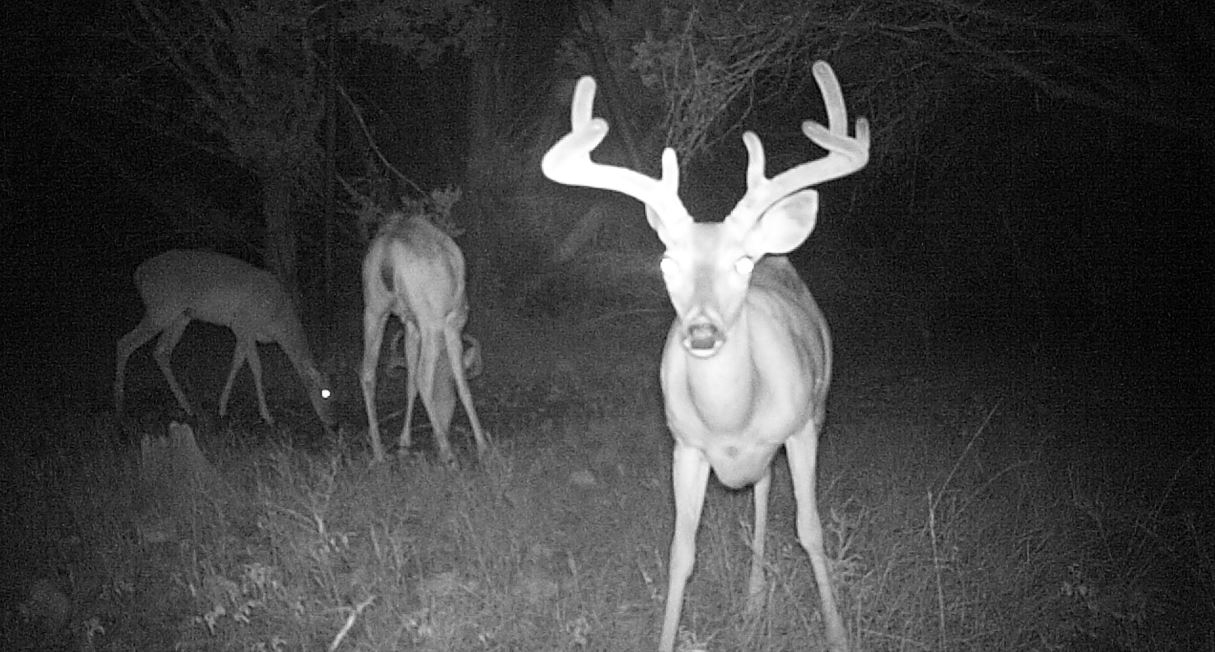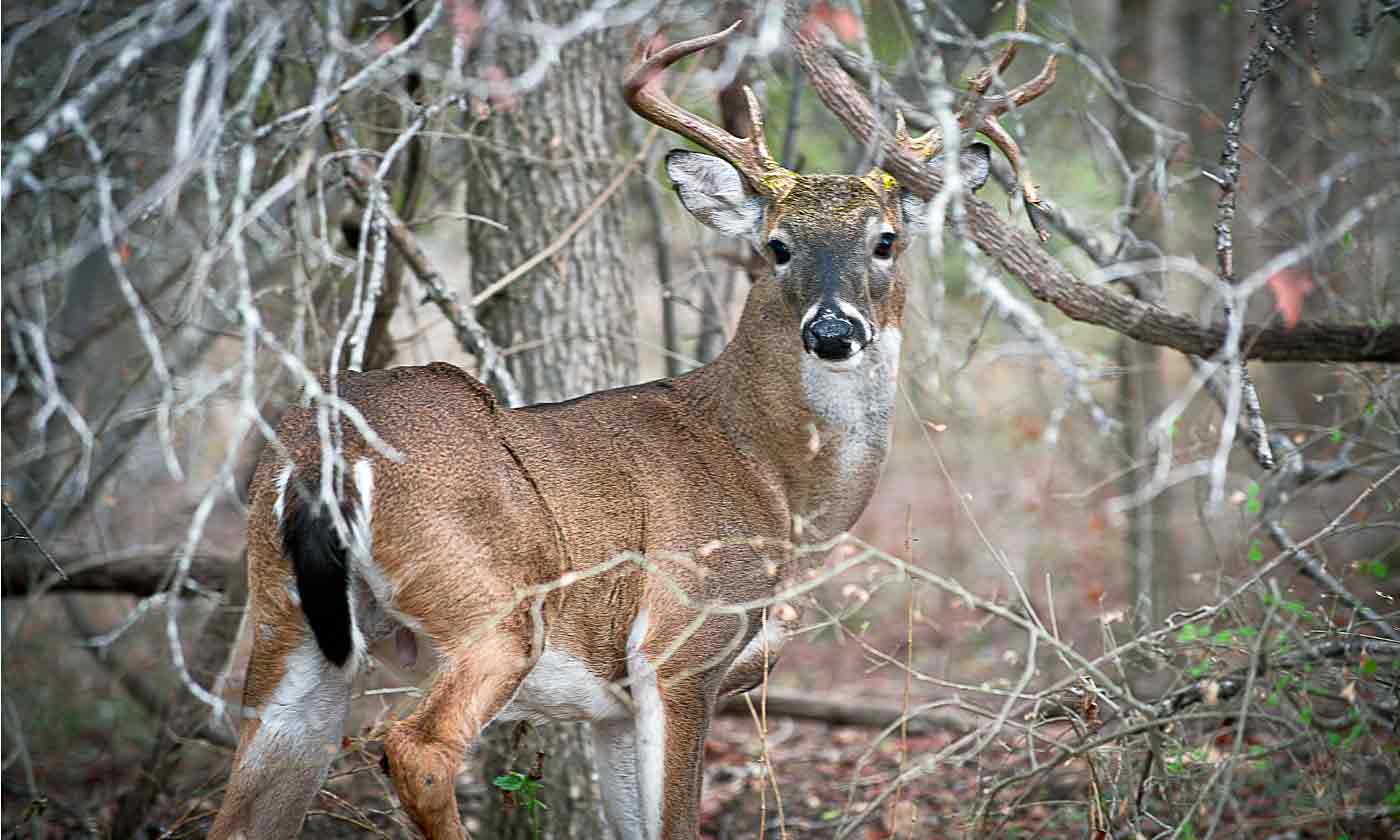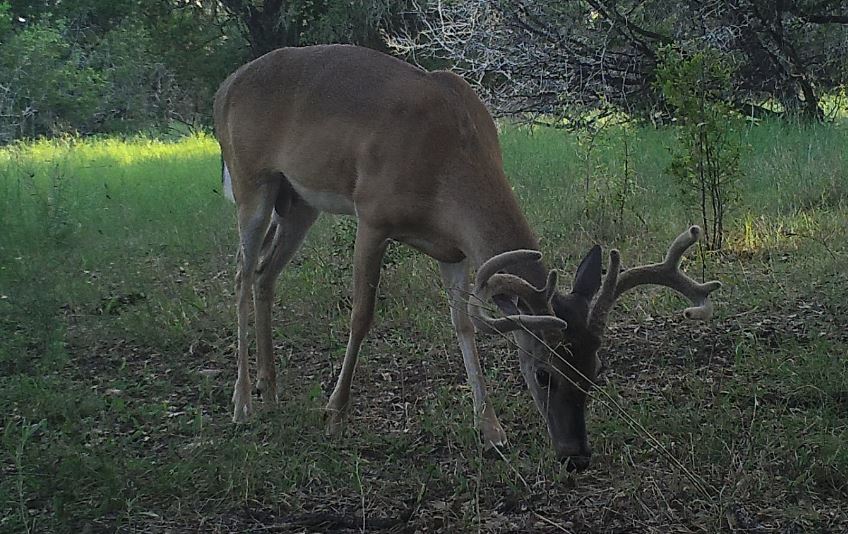White-tailed deer management and the culling of bucks often go hand-in-hand. To attempt to improve the buck segment of any deer herd, some type of culling must take place on an annual basis. Each fall, hunters email me photos and ask, “Is this deer a cull buck?” It’s a simple enough question, but the answer depends on the quality of the whitetail bucks found on the ranch. After all, culling is relative to the buck population in question. In addition, the reasons for culling bucks are also closely tied to the manager’s objectives.
A cull buck on one ranch may be a trophy on another. Property objectives, habitat condition, food availability, and the genes found in the local deer population (for antler growth) all determine what a cull buck on a particular property will look like. Bucks found on a property must be judged against other bucks on the ranch. It would be unfair to compare deer from South Texas with a deer from East Texas or Alabama or Indiana for that matter.
Culling is best prescribed when there are too many deer for the habitat, otherwise there is no need to remove anything. It takes a long time to skew the genetic composition of a free-ranging deer herd and, depending on the size of the property, may not be possible. Although the reasons for culling bucks may vary from hunter to hunter and between ranches, there are some physical features by which all bucks are measured. Below are 7 potential reasons to cull healthy whitetail bucks.
Missing Brow Points
Brow points (G1s) are important. Plain and simple, whitetail bucks should have brow points once they reach 2 years of age. Not only are bucks expected to have brow points, but the presence of these tines is genetically dominant over deer with one or no brow points. If bucks are missing one or both brow points, then these animals should be considered for removal from the herd. I have been on several ranches where many of the bucks were missing brow points. It happens. The only way to ensure that whitetail bucks have brow points on a property is to remove what you can see, bucks without them.
Short Points
Bucks with short antler points are undesirable to most hunters and deer managers. When we think of great whitetail bucks, we immediately think of deer with longer points, particularly from the G2 on up. Short-tined bucks not only look inferior, they could be, possibly. I like to think that Mother Nature would want bucks to have long tines so that they could use them more effectively to defend themselves. In reality, body size is much more important when it comes to dominance, but short points in your deer herd means hunters get the short end of the stick.
Short Beams
Whitetail bucks with short main beams make for odd deer. We all know what a typical buck’s beams look like and that is what most hunters want to manage for in their deer herds. Long points and main beams add inches and inches to a buck’s Boone and Crockett score. In addition, bucks with short main beams leave no room for point placement. A manager can’t expect to have 12 point bucks when all of the bucks on the property have 15 inch main beams. It can happen, but we could all be living on the moon one day, too. And even if it did, is that what you want? Bucks with short main beams make for short-lived bucks.
No Mass
Mass is the most highly heritable antler trait for whitetail bucks. Bucks that have heavy mass are sired by bucks with heavy mass. On the other hand, deer with pencil horns come from bucks that were thin-horned. Of course, buck nutrition and age both play a role when it comes to antler mass. A buck’s antler mass will increase with age, so judge an individual buck’s mass measurements relative to other bucks of the same age class. If your property provides good deer habitat, then well-fed whitetail bucks should have good mass. If they lack antler mass, then think about culling those bucks if you need to remove deer and are concerned about maintaining good age structure within bucks (ie. shooting all of the young or old bucks on the property).
Narrow Spread
This is a matter of opinion, but most deer managers and hunters like wider spread bucks as opposed to more narrow spread bucks. In my opinion, inside antler spread is the least important measurement when it comes to a buck’s numerical score. I like ’em old. Most mature bucks only achieve an inside antler spread of about 20 inches, so even a very narrow-horned buck with a 12 inch spread just gives up 8 inches of B&C score if that is important to you . Because of this, whitetail bucks with a narrow antler spread can still score very high if they have long antler points and heavy mass. You can cull based on spread, but point length and antler mass are more important in the end.
Lack of Points
Every person interested in whitetail deer management wants to produce better bucks with more points. Antler points, like beam mass, are highly heritable traits in whitetail deer. If a buck has a low number of antler points, then the deer could be on the chopping block. The number of points a buck has must be judged against the deer’s age. The number of points a buck has as a yearling is indicative of the deer’s future. A high number of points at a young age typically means more points at an older age. Most want yearling bucks (1 1/2 years old) with 6+ points. Spikes, three, four, and five point yearlings may be potential culls depending on your objectives and where you stand with regards to the deer carrying cap.
Most hunters have heard of the infamous “management buck.” This term became popularized about 15 years ago as a way to market 3 1/2 to 4 1/2 year old 8 point bucks that were deemed culls. As a general rule of thumb, if a whitetail buck has only 8 points at 3 1/2 years of age, then the potential that he is going to “blow up” into something amazing decline drastically. Sure, the buck may throw on some stickers and kickers, but more often than not the deer has maxed out on main antler points. This may not a desirable buck if the hunter or manager is managing for 10+ point bucks. By using a selective deer harvest strategy, a manager can reduce main-frame 8 point bucks and promote whitetail bucks with more points to older age classses.
Maturity
This is kind of a no-brainer. If a whitetail buck is mature, regardless of antler quality, it should be considered available for harvest. The buck may or may not be a true cull, but once a buck reaches maturity it has played its role. The problem with old-aged culls is that they have been on the property for years breeding and producing both buck and doe fawns that carry their same genes. It’s easy to identify an old cull buck, but you will do yourself and your deer management program a favor by learning how to identify undesirable, cull bucks at an earlier age. Not only will culling bucks at a young age ensure your best quality whitetail bucks do most of the breeding, but it will mean more food and better habitat for your best deer!
